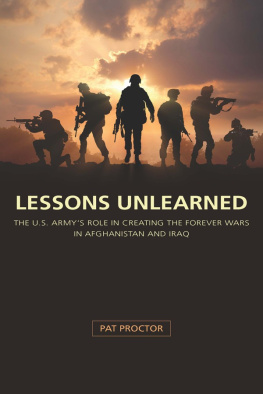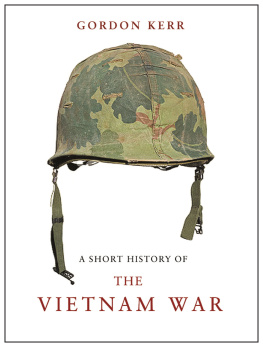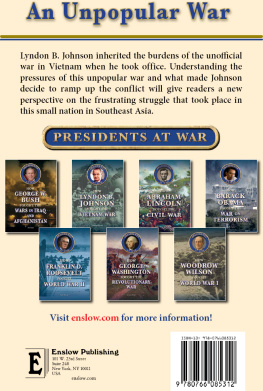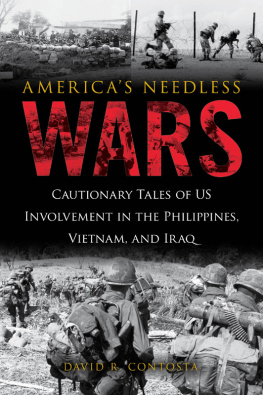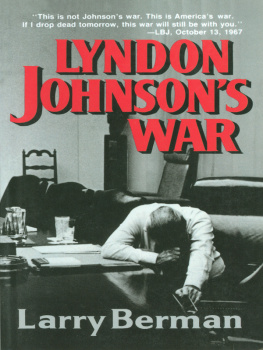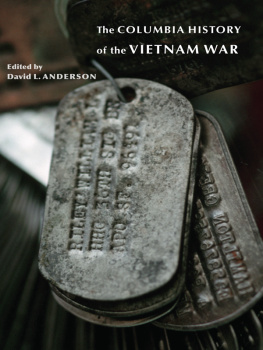The views expressed in this book are those of the author and do not reflect the official policy or position of the Department of the Army, the Department of Defense, or the U.S. Government.
Copyright 2016 by Pat Proctor
All Rights Reserved. No part of this book may be reproduced in any manner without the express written consent of the publisher, except in the case of brief excerpts in critical reviews or articles. All inquiries should be addressed to Carrel Books, 307 West 36th Street, 11th Floor, New York, NY 10018.
Carrel Books may be purchased in bulk at special discounts for sales promotion, corporate gifts, fund-raising, or educational purposes. Special editions can also be created to specifications. For details, contact the Special Sales Department, Carrel Books, 307 West 36th Street, 11th Floor, New York, NY 10018, or .
Carrel Books is a registered trademark of Skyhorse Publishing, Inc., a Delaware corporation.
Visit our website at www.carrelbooks.com.
10 9 8 7 6 5 4 3 2 1
Library of Congress Cataloging-in-Publication Data is available on file.
Cover design by Rain Saukas
Cover photo credits: LBJ Presidential Library, Library of Congress
ISBN: 978-1-63144-056-4
Ebook ISBN: 978-1-63144-057-1
Printed in the United States of America
For Jon, Amy, Matt, and Mackenzie
Be sure to check out the online resources for this book:
Facebook: http://www.facebook.com/containmentandcredibility
Website: http://www.containmentandcredibility.com
These sites have a ton of multimedia resources, including archival television footage, video, and pictures of many of the events covered in this book. And check back often! New resources are constantly being added.
TABLE OF CONTENTS
INTRODUCTION
T he United States is in the grips of a new foreign policy ideologythe War on Terror. According to this ideology, Islamic extremists must be defeated abroad before they can perpetrate terrorist attacks inside the United States. This ideology was forged in the fires of the World Trade Center and the Pentagon on September 11, 2001. This ideology blossomed in the days after 9/11, as anthrax-laden letters arrived at congressional offices and newsrooms, as shoe bombers and underwear bombers boarded planes to conduct further attacks. It has reshaped what infringements the American people are willing to accept on their liberties as they board planes, talk on their cell phones, or use the Internet. This ideology has also spawned two wars, the war in Iraq and the war in Afghanistan, which have cost the United States trillions of dollars and over six thousand American lives. And, as this work is being written, the War on Terror ideology has embroiled the United States in yet another war, this time in Iraq and Syria against the heirs to al Qaida in Iraqthe Islamic State in Iraq and Syria (ISIS).
Fifty years ago, the Cold War ideology of containment was no less powerful. This ideology was forged in the fire of World War II, the bloodiest conflict in the history of mankind. It blossomed in American politics amid fear of atomic annihilation and paranoia about Communist infiltration in the 1950s. By 1964, an entire generation had grown up knowing no other framework for public debate over foreign policy; the American public believed that it was necessary to contain Communist expansion, using military force if necessary. President Johnson tapped into this ideology when he insisted that communists were trying to expand into Southeast Asia through South Vietnamthe so-called domino theoryand had to be opposed by force. The resulting war lasted more than eight years and cost nearly sixty thousand American lives.
Throughout the war, both President Lyndon Johnson and President Richard Nixon used the ideology of military containment of communism to justify U.S. military intervention in Vietnam. From 1965 until early 1968, opponents of U.S. military intervention in Vietnam tried to stop the war by attacking the suitability of the strategy of military containment of communism to Vietnam and Southeast Asia. Some opponents also attacked the entire ideology of military containment of communism, not just in Vietnam, but anywhere. In 1968, most opponents of the Vietnam War switched tactics and began to focus instead on the presidents credibility on Vietnam. These arguments quickly became the dominant critique of Americas policies in Vietnam through the end of the war and were ultimately successful in ending it.
The Gulf of Tonkin incident on August 4, 1964in which two U.S. destroyers were supposedly attacked by the North Vietnameseand the Tonkin Gulf Resolution were central both to the Johnson administrations use of containment to justify U.S. military intervention in Vietnam and to the change of opposition strategy in 1968 from attacking the administrations use of containment to justify the war to attacking the administrations credibility. For President Johnson, the Gulf of Tonkin incident both provided dramatic proof of the growing aggression of the North Vietnamese in Southeast Asia and provided the political impetus to overcome the private skepticism of many in Congress over whether the goal of containing communism in Southeast Asia was really important enough to warrant U.S. military intervention in Vietnam. The resulting Tonkin Gulf Resolutionthe Presidents blank check to use U.S. military force in Vietnamprovided the administration with an insurance policy against congressional dissent; whatever their later misgivings, all but two members of Congress voted for the resolution. For opponents of the war in 1968, glaring inconsistencies in the administrations version of the events of the Gulf of Tonkin incident provided compelling evidence that the Johnson administration had lied to the American people, making the resulting Tonkin Gulf Resolutionobtained as a result of this incidentnull and void. For the American people, revelations about the administrations dishonesty during the Gulf of Tonkin incident simply added to grave doubts they already had about the Johnson administrations credibility; the American people lost confidence in President Johnson, ending his presidency. The dramatic success of this new strategyattacking the administrations credibility rather than its use of containment to justify the warencouraged most other opponents of the war to follow suit, permanently altering the framework of debate over the war.
This change in the oppositions strategyfrom attacking military containment as a justification for the war to attacking the administrations credibilityhad a number of important consequences. First, this change in opposition rhetoric ultimately forced an end to the war. To sustain his credibility against relentless attack, President Nixon was repeatedly forced to withdraw troops to prove to the American people he was making good on his pledge to bring an honorable end to the war. Ultimately, Nixon ran out of troops to withdraw and was forced to accept an unfavorable compromise peace. Second, this framework for public debate of foreign policy established in the latter half of the Vietnam Warbetween advocates of military invention using the ideology of military containment and opponents of military intervention attacking the administrations credibilitywould reemerge nearly every time an administration contemplated a military intervention through the end of the Cold War. Finally, and most importantly, because opponents of military intervention stopped challenging the ideology of containment, the American public continued to accept the precepts of containment after the Vietnam War and the Cold War consensus survived until the collapse of the Soviet Union and the end of the Cold War.


